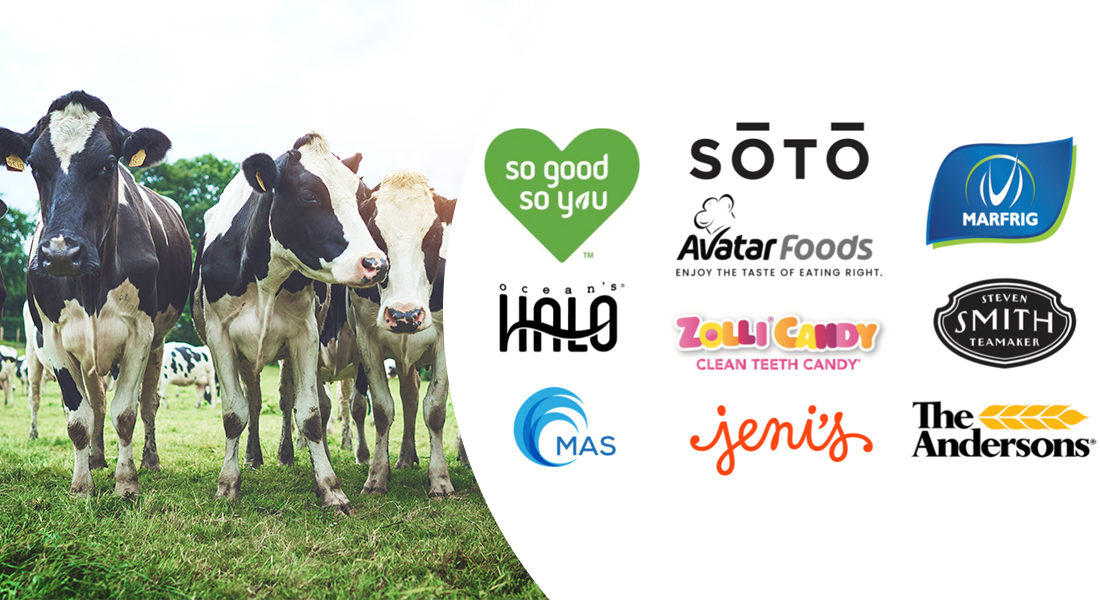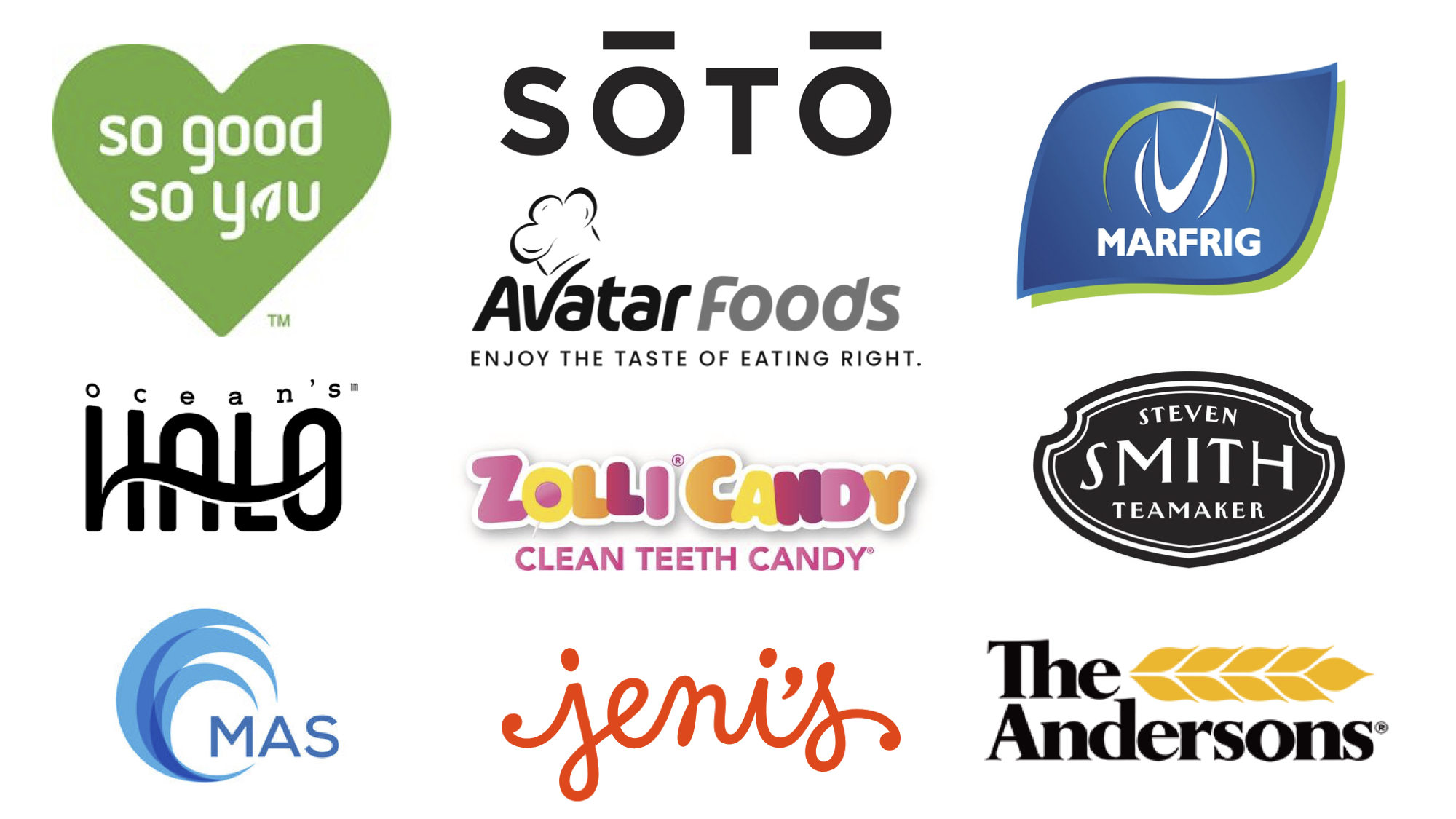Food companies work hard to ensure that their products are of the utmost quality and free from hazardous contaminants. So, it’s easy to understand how damaging it can be to a company’s reputation and consumer trust when a food product is recalled due to potential foreign body contamination. This results in millions of dollars worth of food being disposed of and exposes food manufacturers to potential legal action.
While not the most common reason for a food recall, foreign body contamination has affected multiple food product categories – from produce and meat to beverages – in recent years.
Fruit Crisis in Australia
Food companies in Australia seem to be facing this issue on a regular basis lately with multiple cases of needles being found in fruits such as strawberries and mangoes. These foreign metal objects were found in at least six brands of strawberries that were for sale in all six Australian states.
In fact, this issue escalated to the point where the Australian government announced tougher penalties for food tampering. These penalties include an increased maximum prison term from 10 to 15 years. Australian authorities have arrested a young boy in New South Wales who admitted to putting needles in strawberries but they believe that there are multiple sources for these needles in produce.
The Australian strawberry industry has been suffering ever since the public found out about this foreign body contamination. Buyers in the UK and Russia have blocked Australian imports of strawberries due to this issue and consumers have started to turn away from many fresh strawberry products.
According to Harry Debney, chief executive of Australia’s largest fruit and vegetable company, the Costa Group, their company already runs a metal detector over their products but they are finding it difficult to secure their fruits in every stage of the supply chain. Consumers who put needles in produce in grocery stores also pose a threat to the industry.
Metal in US Food Products
Food companies in the US are not excluded from this health hazard. In September, Alabama’s Wayne Farms LLC recalled 439,000 pounds of frozen, fully cooked chicken products because they may have been contaminated with metal pieces. Although there were no reports of adverse reactions or injury due to consuming these products, a recall of this caliber results in millions of dollars being lost and a significant amount of food waste.
Earlier in the spring, food giant Hormel Foods had to recall 228,000 pounds of their canned pork and chicken products – including their iconic SPAM product – due to metal contamination. Considering the fact the SPAM is regarded as one of the most well known American food products of all time, this recall could have affected the brand’s reputation and consumer loyalty.
Glass in Food Products
Another dangerous contaminant in the food industry is glass. Many food and beverage products are packaged in glass containers, however, when these glass jars or bottles break in the manufacturing environment, this opens up the possibility of glass particles being found in the food or beverage products as well.
Labatt Brewing Company experienced this type of foreign body contamination in April when the beer manufacturer recalled their iconic Stella Artois products across Canada because they may have been contaminated with small particles of glass. In addition to posing a health risk to consumers who had purchased the affected batches, this recall was even more damaging to consumer trust since they were advised to throw away the bottles of beer and could not return them for a refund.
A few years before the incident, food giant Nestlé made headlines for initiating a massive food recall across the US. The company recalled nearly three million boxes of frozen pizzas in spring 2016 after consumers found pieces of glass in them. Other products that were affected by the potential presence of glass contaminants include their Stouffer’s lasagnas and Lean Cuisine meals. This one recall resulted in millions of dollars being lost by the food company.
Preventing Foreign Body Contamination
Considering the fact that these widespread recalls occurred within the past two years, it’s easy to see that foreign body contamination is an ongoing issue in the food industry. Although these recalls do not define a company’s values and commitment to food safety, they can definitely alter the perceptions of their consumers. This why it is so important for food companies to invest in top quality detection and inspection systems in order to avoid massive recalls. The initial investment eventually pays for itself considering the amount of money food companies can save from preventing potential recalls.
Common foreign body detection systems in the food industry include X-ray inspection and metal detection machines. While these technologies have been used by food industry professionals for many years, they have been improved over time, meaning that certain food companies may be using old equipment and missing out on the technological advancements of newer food inspection devices.
Another issue that food companies face when it comes to food safety devices is deciding on the best device to use for their food manufacturing operation. Although both X-ray inspection and metal detection machines offer a variety of benefits when it comes to ensuring food safety, both devices have their own unique advantages.
Benefits and Limitations of X-Ray Devices
X-ray devices are some of the most commonly used food safety devices in the food industry. They are used to protect consumers from foreign body contamination, ensure food quality, protect a brand’s reputation and prevent expensive recalls.
X-ray systems are able to detect metal, glass, mineral stone, calcified bone and high-density plastic and rubber. These machines can also be used to measure the mass of products and their counting components (for example, how many grapes are in a single lot). X-rays are also able to identify missing or broken products, monitor fill levels, inspect seal integrity for trapped contaminants or food products and check for damaged packaging.
Considering these benefits should be enough to encourage food companies to invest in this food safety device, however, X-ray detection does have some limitations. The technology is not sensitive enough to detect less dense objects such as paper, fabric or hair. The device is also known to have difficulty scanning dense objects with random textures.
Benefits and Limitations of Metal Detectors
Metal detectors are designed to identify and detect magnetic or electrical interference which helps to indicate the presence of metal in food products. With metal detection being their primary ability, metal detectors are able to identify a wide variety of metals with reliable accuracy. These devices are also able to detect lighter and less dense metals that X-ray devices would have a difficult time identifying. Metal detectors can scan bulk items with ease so density does not affect the performance of these devices.
However, this food safety device’s primary limitation is the fact that it cannot detect objects that are not made of metal or carry a conductive or magnetic charge. There are also some cases where metal detectors can be set off by dry and wet foods that are enriched with iron and salt, leading to a false positive identification of metal in foods that don’t contain any foreign material.
Which Device is Better for Your Company?
At the end of the day, food companies need a food safety device that best suits the requirements of their product portfolio. Product types should be taken into consideration when deciding on what type of detection machine to invest in.
Food products that are likely to come in contact with more metal contaminants and are low in iron and salt would be ideal for metal detection machines. Other products that are less dense would be perfect for X-ray inspection machines. Ideally, both machines would complement each other to ensure the overall safety of a food plant, so if possible, companies should consider investing in both detection systems.
To learn more about which food safety device is better for food production operation, register for this live webinar: Metal Detection vs. X-Ray Inspection: Which Is Right for Your Food or Pharmaceutical Operation?








Join or login to leave a comment
JOIN LOGIN